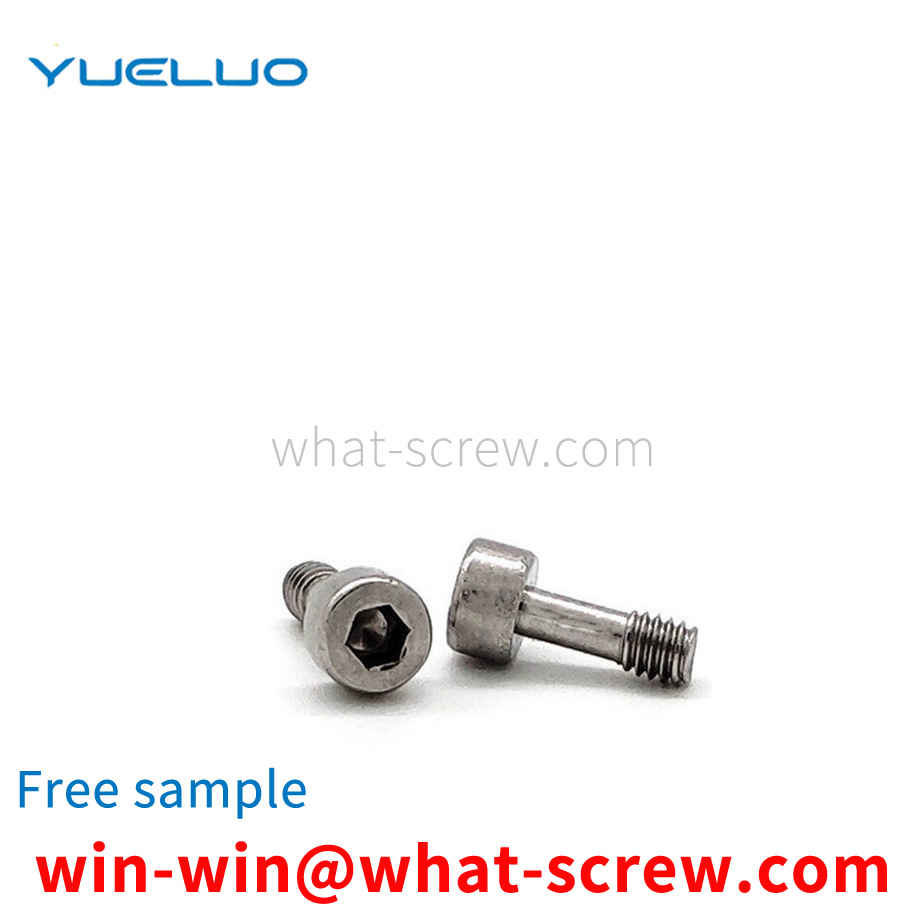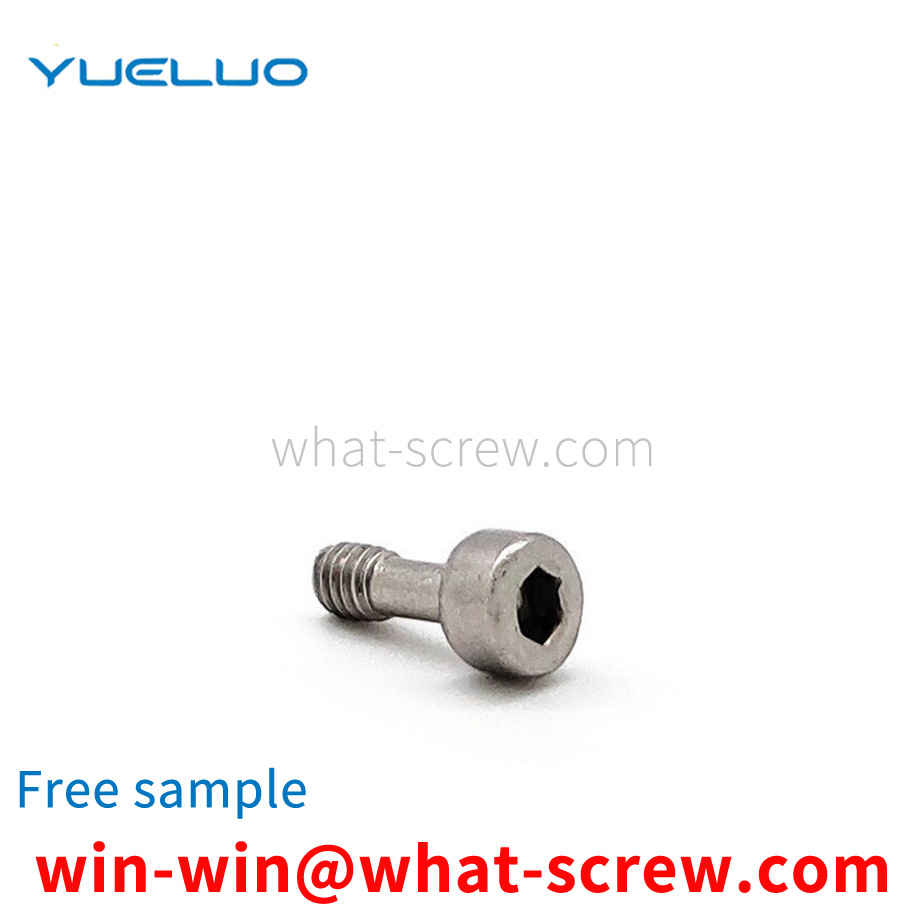People often think that magnets attract stainless steel to verify its pros and cons and its authenticity. If it does not attract non-magnetism, it is considered to be good, and it is genuine; if it is magnetic, it is considered to be counterfeit. In fact, this is an extremely one-sided, unrealistic and wrong identification method. There are many kinds of stainless steel screws, which can be divided into several categories according to the organizational structure at room temperature: 1. Austenite type: such as 304, 321, 316, 310, etc.; 2. Martensite or ferrite type: such as 430, 420, 410, etc.; Austenite type is non-magnetic or weakly magnetic, and martensite or ferrite is magnetic. Most of the stainless steel usually used for decorative tube sheets is austenitic 304 material, which is generally non-magnetic or weakly magnetic, but may also appear magnetic due to fluctuations in chemical composition or different processing conditions caused by smelting, but this cannot be considered as a Counterfeit or substandard, what is the reason for this? As mentioned above, austenite is non-magnetic or weakly magnetic, while martensite or ferrite is magnetic. Due to component segregation or improper heat treatment during smelting, a small amount of martensite or ferrite in austenitic 304 stainless steel will be caused. body tissue. In this way, 304 stainless steel will have weak magnetism. In addition, after cold working of 304 stainless steel, the structure will also be transformed into martensite. The greater the cold working deformation, the more martensite transformation, and the greater the magnetic properties of the steel. Like a batch of steel strips, Φ76 tubes are produced without obvious magnetic induction, and Φ9.5 tubes are produced. The magnetic induction is more obvious due to the large deformation of the bending and bending. The deformation of the square rectangular tube is larger than that of the round tube, especially the corner part, the deformation is more intense and the magnetic force is more obvious. In order to completely eliminate the magnetic properties of 304 steel caused by the above reasons, the stable austenite structure can be restored by high-temperature solution treatment, thereby eliminating the magnetic properties. In particular, the magnetic properties of 304 stainless steel caused by the above reasons are completely different from those of other materials such as 430 and carbon steel, which means that the magnetic properties of 304 steel always show weak magnetic properties. This tells us that if the stainless steel strip is weakly magnetic or completely non-magnetic, it should be judged as 304 or 316 material; if it is the same as carbon steel, it shows strong magnetism, because it is judged as not 304 material.
Cross recessed pan head screws refer to cross recessed machine wire screws, which are represented by the letters PM. The country stipulates that the thread specification is M1.6-M10, the performance level is 4.8, A-50, A2-70, CU2, CU3 and AL4, H-type and Z-type cross recessed, and the product grade is Class A cross recessed pan head screws . If other technical requirements are needed, they should be selected from the current standards (such as GB/T196, GB/T3106, GB/T3098.1, GB/T3098.6 and GB/T3098.10).
In the prior art, after the screw is screwed into the workpiece, rust inhibitor is dripped on the edge of the screw to prevent rust in the later stage, but this traditional dripping method of rust inhibitor often produces rust inhibitor during the dripping process. Difficult to penetrate, or the problem that the anti-rust oil cannot penetrate due to the tight contact between the screw thread and the thread groove. In terms of material saving, the traditional anti-rust of screws often causes a lot of waste of anti-rust agent, and cannot achieve a good anti-rust effect of screws.
At present, in the production workshop, there is no special tool for removing rivets such as skew, wrong rivets, and multiple rivets. When removing these rivets, workers use homemade rivet removal tools, use a sledgehammer to remove the rivet head, and then use a sharp tool to remove the rivet rod. eject. During the removal operation, sometimes the rivet head will fly out, the speed is high, the danger is extremely high, and the labor intensity is high, which has caused many industrial accidents.
The common types of wood screws are iron and copper, and the types are divided into round head type and other samples of wood screws according to different nail heads. There are two types of slotted screws and cross recessed screws. Generally, the round head screws are made of mild steel and are blue, and the flat head screws are polished. The oval head screws are usually plated with cadmium and chrome, and are often used to install hinges, hooks and other hardware accessories. Specifications are determined by rod diameter, length and nail head type. [1]
We have many years of experience in the production and sales of screws, nuts, flat washers, etc. The main products are: super-long ceiling expansion bolts, furniture claw nuts, hardened washers, hex socket head bolts and other products, we can provide you with suitable products for you. Fastener Solutions.



















 Service Hotline
Service Hotline




